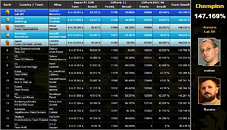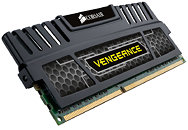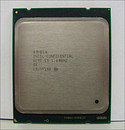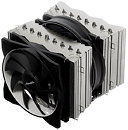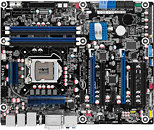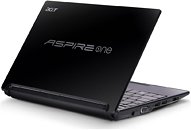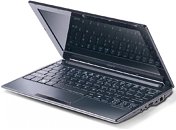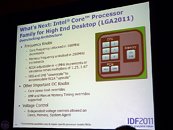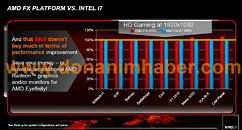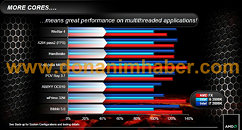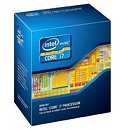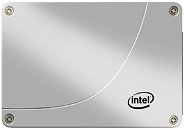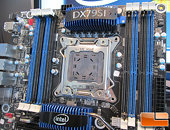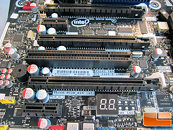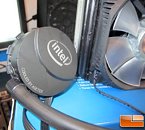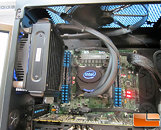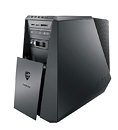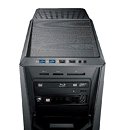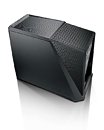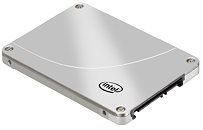
Intel To Revamp SSD Lineup in 2012
It looks like Intel has concrete plans with its SSD lineup moving into 2012. A roadmap slide sourced by VR-Zone reveals that its main SSD lines feature major additions or replacements that will take shape by the third quarter of 2012. To begin with the enterprise-grade 700 Series, Intel will have launched SSD 720 "Ramsdale" family of PCI-Express SSDs with SLC NAND flash memory, and SSD 520 "Cherryville", a successor of SSD 510; by the end of 2011. These products will lead the lineup through, with no changes in the first quarter of 2012.
In 2012, Intel will launch "Ramsdale MLC" PCI-Express SSD, a variant of Ramsdale that uses MLC-HET NAND flash memory, that increases capacities, while offering endurance roughly comparable to SLC, if not as fast as it. Capacities will double over Ramsdale SLC, into 400 GB and 800 GB. Around that time, Intel will also launch SSD 500 Series "King Crest", a new 2.5-inch SATA 6 Gb/s SSD that succeeds SSD 520 "Cherryville" family, and makes use of 25 nm MLC-HET NAND flash instead of standard 25 nm MLC NAND flash. Its capacity options are unknown.
In 2012, Intel will launch "Ramsdale MLC" PCI-Express SSD, a variant of Ramsdale that uses MLC-HET NAND flash memory, that increases capacities, while offering endurance roughly comparable to SLC, if not as fast as it. Capacities will double over Ramsdale SLC, into 400 GB and 800 GB. Around that time, Intel will also launch SSD 500 Series "King Crest", a new 2.5-inch SATA 6 Gb/s SSD that succeeds SSD 520 "Cherryville" family, and makes use of 25 nm MLC-HET NAND flash instead of standard 25 nm MLC NAND flash. Its capacity options are unknown.



